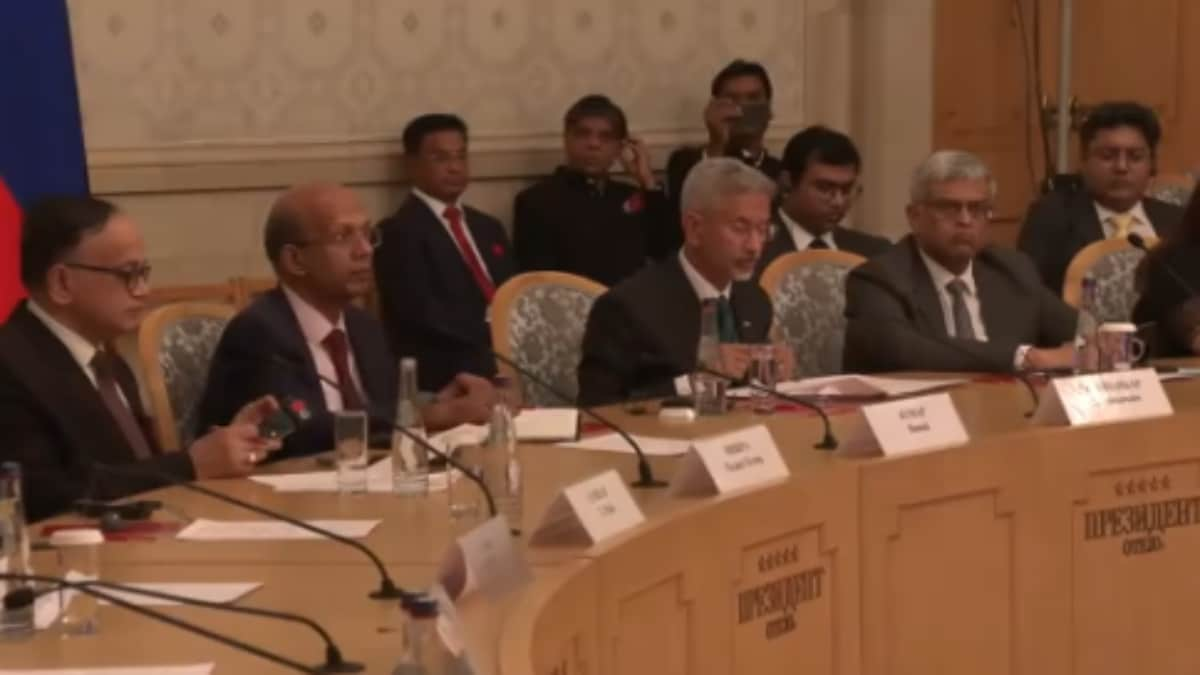

India's External Affairs Minister S. Jaishankar has recently highlighted the urgent need to address the soaring trade imbalance between India and Russia, despite a significant increase in bilateral trade. Speaking at the 26th Session of the India-Russia Inter-Governmental Commission for Trade, Economic, Scientific, Technological, and Cultural Cooperation (IRIGC-TEC) in Moscow, Jaishankar noted that while trade has increased fivefold, the growing imbalance requires immediate attention.
The trade between the two nations has seen impressive growth, jumping from $13 billion in 2021 to $68 billion in 2024-25. However, this growth has been accompanied by a widening trade deficit, which has increased from $6.6 billion to $58.9 billion—approximately a ninefold increase. This disparity is a cause for concern, prompting Jaishankar to emphasize the urgency of finding solutions.
Several factors contribute to this imbalance. Following the invasion of Ukraine in February 2022, many Western countries began shunning Russian crude oil, leading Russia to offer discounts to willing buyers like India. Consequently, Russia now accounts for 35-40% of India's total oil imports by volume. While India has benefited from these discounted prices, its exports to Russia have not kept pace. Indian exports to Russia have only doubled from $2.39 billion in FY19 to $4.88 billion in FY25, causing the trade deficit to surge to over $60 billion.
To address this imbalance, India is exploring several strategies. One approach involves easing rupee-ruble trade, with fresh talks having begun after initial discussions collapsed last year. Establishing a mechanism for trade in domestic currencies, similar to the one between Russia and China, could reduce reliance on the US dollar and facilitate smoother transactions. Diversifying the basket of goods that India exports to Russia is also crucial. Currently, India primarily exports engineering and electronic goods, as well as drugs and pharmaceuticals, to Russia.
The current geopolitical context adds another layer of complexity. With the US imposing steep tariffs on Indian exports as a penalty for importing crude oil from Russia, India faces additional challenges. A Crisil report suggests that the move to impose an additional 25% tariff, effective from August 27, 2025, could render many Indian exports to the US unviable, including ready-made garments, chemicals, agrochemicals, capital goods, and solar panel manufacturing. In light of these tariffs, Russia could emerge as a key market for Indian textile and pharmaceutical products. A Russian official stated that the Russian market welcomes Indian exports.
In addition to bilateral efforts, India is also engaging with the Eurasian Economic Union (EAEU), which includes Russia, Armenia, Belarus, Kazakhstan, and the Kyrgyz Republic. India and the EAEU have initiated negotiations for a Free Trade Agreement (FTA), with the Terms of Reference (ToR) signed on August 20, 2025. In 2024, the trade turnover between India and the EAEU stood at $69 billion, a 7% increase over 2023. The proposed FTA, with a combined GDP of $6.5 trillion, is expected to expand market access for Indian exporters, support diversification into new sectors and geographies, enhance competitiveness, and provide significant benefits to MSMEs.
During his visit to Moscow, Jaishankar also held talks with Russian Foreign Minister Sergey Lavrov, focusing on strengthening India-Russia ties. Discussions covered bilateral trade, addressing trade imbalances, removing tariff and non-tariff barriers, and promoting key connectivity projects such as the International North-South Transport Corridor and the Chennai-Vladivostok corridor. Both ministers also discussed the upcoming SCO Summit, the early finalization of the India-EAEU FTA, and enhancing economic cooperation to achieve the revised $100 billion trade target by 2030.
To navigate these challenges, Jaishankar has called for "creative" solutions and diversification in trade and investment between the two countries. Russia has also expressed commitment to reducing the trade imbalance, focusing on expanding energy supplies and removing trade barriers. Mechanisms are in place to ensure a consistent oil flow to India, and bilateral trade is projected to increase by approximately 10% annually, with energy shipments remaining stable.